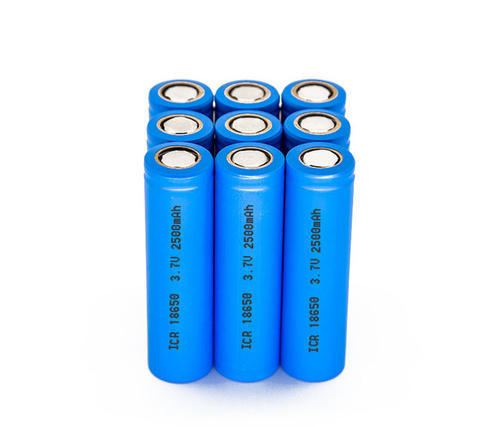Table of Contents
Industry Outlook:
The latest report by IMARC Group, titled “Indian Lithium-Ion Battery Market: Industry Trends, Share, Size, Growth, Opportunity and Forecast 2023-2028,” offers a comprehensive analysis of the industry, which comprises insights on the lithium ion battery market in india. The report also includes competitor and regional analysis, and contemporary advancements in the market.The Indian Lithium-Ion Battery Market reached US$ 2.5 Billion in 2022. Looking forward, IMARC Group expects the market to reach US$ 5.9 Billion by 2028, exhibiting a growth rate (CAGR) of 14.8% during 2023-2028.
Lithium-Ion batteries are advanced technology rechargeable and reusable batteries that consist of lithium-ion in its electrochemistry. These batteries offer extremely high voltage and charge storage per unit mass and volume compared to other conventional batteries like nickel-cadmium (NiCd) and nickel-metal hydride (NiMH). They also exhibit properties of low self-discharge rate, high energy density and the ability to extend lifetime with improved charging speed. Nowadays, these batteries are commonly utilized in electronic devices, including smartphones, tablets, laptops, clocks, watches, and remote controls.
Request Free Sample Report (Exclusive Offer on this report): https://www.imarcgroup.com/india-lithium-ion-battery-market/requestsample
Industry Demand:
The market is primarily driven by the increasing demand for consumer electronics that are compact and portable in nature. Besides this, as consumers are increasingly shifting toward efficient power backup solutions, there has been a significant rise in the demand for lithium-ion batteries across the country. In recent years, the emergence of new electric vehicles (EVs) and hybrid vehicles that offer low self-heating rates and enhanced efficiency for commercial and personal purposes has created vast opportunities for the key players operative in the market.
In addition, the Government of India is implementing stringent regulations to control the pollution levels and reduce the carbon footprint. They are also investing in recycling lithium-ion batteries to secure the supply of raw materials like lithium and cobalt as well as reduce the dependence on extracting and refining materials from mineral sources, which is significantly impacting the market growth. Furthermore, the deployment of smart grid and renewable energy systems, especially in rural regions, along with the utilization of robotic solutions in different industries, are creating a positive outlook for the market.
Key Market Segmentation:
Product Type:
- Lithium Cobalt Oxide
- Lithium Iron Phosphate
- Lithium Nickel Manganese Cobalt
- Lithium Manganese Oxide
- Others (Li-ion Nickel Cobalt Aluminium Oxide and Li-ion Titanate Oxide)
Power Capacity:
- 0 to 3000mAh
- 3000mAh to 10000mAh
- 10000mAh to 60000mAh
- More than 60000mAh
Application:
- Consumer Electronics
- Electric Vehicles
- Energy Storage
- Others
Region:
- North India
- West and Central India
- South India
- East India
Competitive Landscape with Key Player:
The competitive landscape of the industry has also been examined with some of the lithium-ion battery manufacturers being.
Key Highlights of the Report:
- Market Performance
- Market Outlook
- Porter’s Five Forces Analysis
- Market Drivers and Success Factors
- SWOT Analysis
- Value Chain
- Comprehensive Mapping of the Competitive Landscape
Note: If you need specific information that is not currently within the scope of the report, we can provide it to you as a part of the customization.

